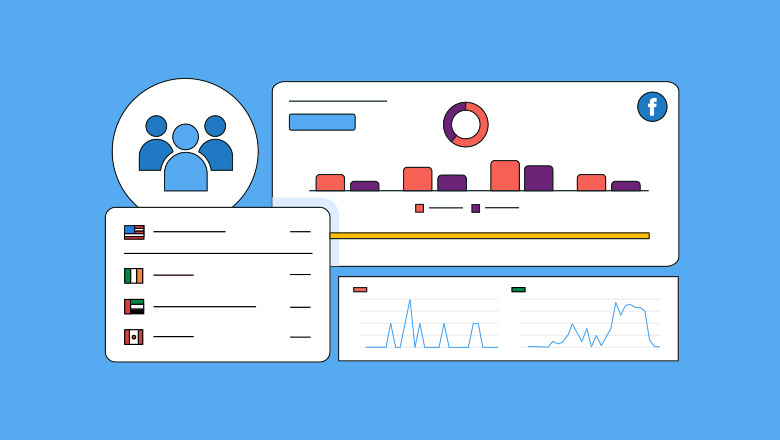In the ever-evolving realm of digital marketing, precision and personalization are paramount.
Custom audiences are a powerful tool that can help you target specific individuals who are more likely to engage with your brand.
In this article, we’ll delve into what custom audiences are, why they’re essential for your marketing strategy, and how to harness their potential for personalized marketing success.
Understanding Custom Audiences
A custom audience is a handpicked group of individuals who share specific characteristics, behaviors, or interests.
Unlike broader targeting options, custom audiences allow you to define and curate a group that aligns closely with your marketing objectives.
These audiences can be created across various digital advertising platforms, including Facebook, Google Ads, and LinkedIn.
Why Custom Audiences Matter
- Relevance and Personalization: Custom audiences enable you to deliver highly relevant content and offers to a select group of individuals. This personalization increases the likelihood of engagement and conversion.
- Cost Efficiency: By targeting a specific custom audience, you can allocate your marketing budget more efficiently. You’re not wasting resources on a broad audience that may not be interested in your offerings.
- Higher Conversion Rates: Custom audiences are comprised of individuals who have previously interacted with your brand or exhibit characteristics that align with your target customers. This results in higher conversion rates.
- Retargeting Opportunities: Custom audiences are perfect for retargeting campaigns. You can re-engage with individuals who have visited your website, abandoned shopping carts, or taken other specific actions.
Creating Custom Audiences
- Customer Data: Begin by collecting and organizing data on your existing customers. This data may include email addresses, phone numbers, or website visitor behavior.
- Choose a Platform: Depending on your marketing goals and where your target audience is most active, select a platform that allows you to create custom audiences. Popular choices include Facebook, Google Ads, and email marketing platforms.
- Uploading Data: Upload your customer data to the chosen platform. Ensure compliance with data privacy regulations and maintain the security of customer information.
- Segmentation: Segment your custom audience based on criteria such as purchase history, website activity, location, or demographics. The goal is to create subsets of your audience for more precise targeting.
- Constantly Update: Keep your custom audiences up to date. As customer behavior changes, update your segments to ensure that your targeting remains accurate.
Optimizing Custom Audience Campaigns
- Tailored Content: Craft content that speaks directly to the needs and interests of your custom audience. Personalization is key.
- Frequency and Timing: Pay attention to the frequency and timing of your communications. Overwhelming your audience with messages can have the opposite effect, so find the right balance.
- A/B Testing: Experiment with different messaging and offers within your custom audience segments. Analyze the results and fine-tune your strategy.
- Analytics and Insights: Utilize the data and insights generated by your custom audience campaigns to make informed decisions about your overall marketing strategy.
Conclusion
Custom audiences are an invaluable asset in the digital marketer’s toolkit. By creating audience segments tailored to your specific marketing objectives and the unique characteristics of your customers, you can achieve higher levels of engagement and conversion.
These audiences empower you to deliver personalized content, optimize your ad spend, and connect with the right customers at the right time.
Embrace the potential of custom audiences, and watch your marketing efforts flourish in the age of personalization.






